This tiny soft robot can be steered through the branches of the lungs without causing damage for safer diagnosis.
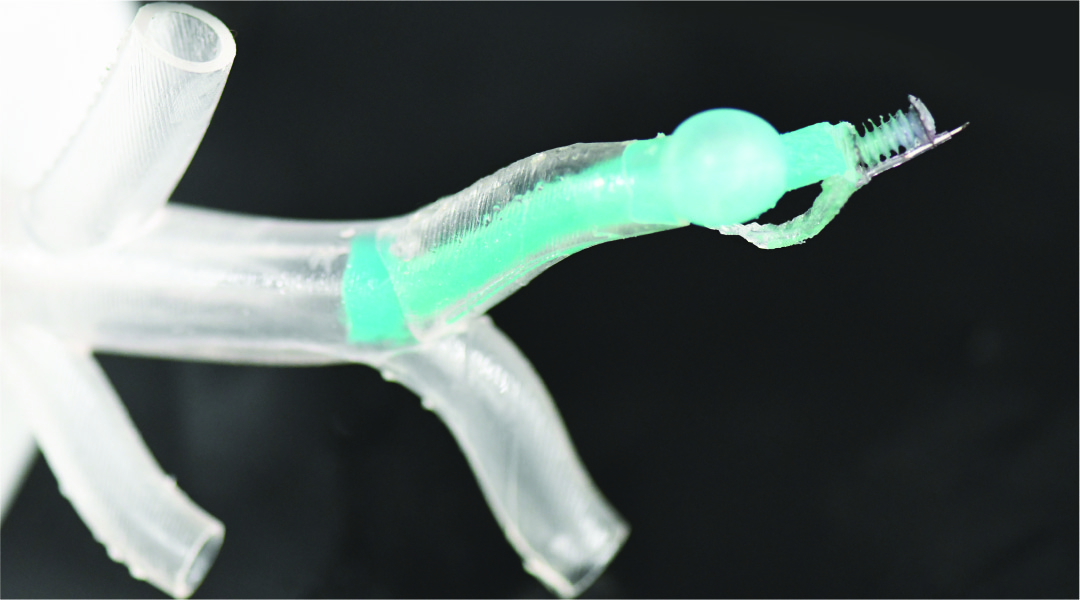

This tiny soft robot can be steered through the branches of the lungs without causing damage for safer diagnosis.
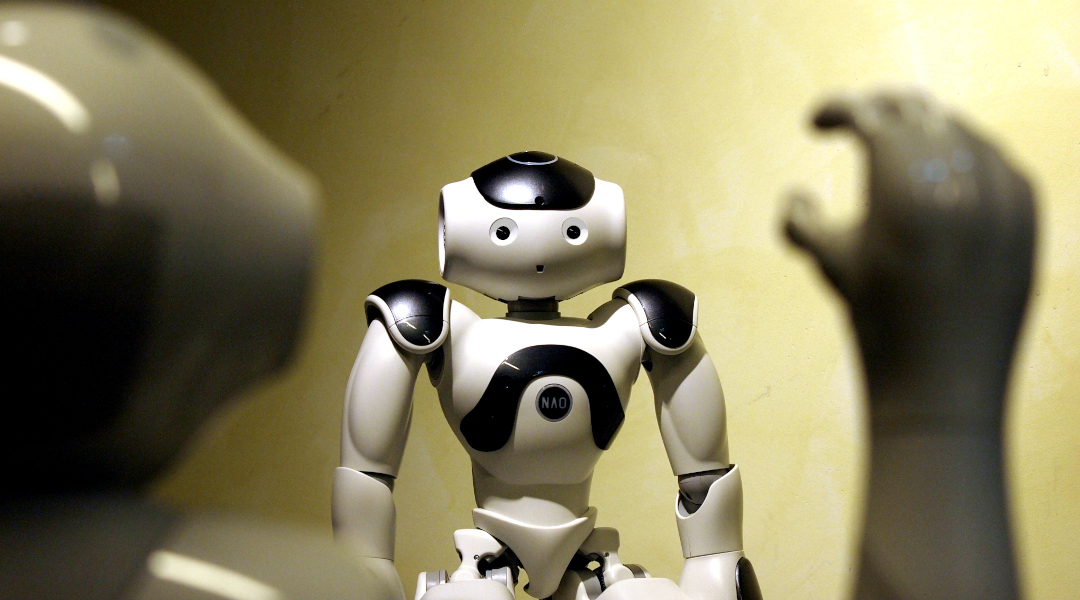
Event cameras mimic the human eye to allow robots to navigate their environment, and a new approach helps minimize computational costs.

Recreating the bead-like structure of seal whiskers grants scientists insight into new underwater technologies.
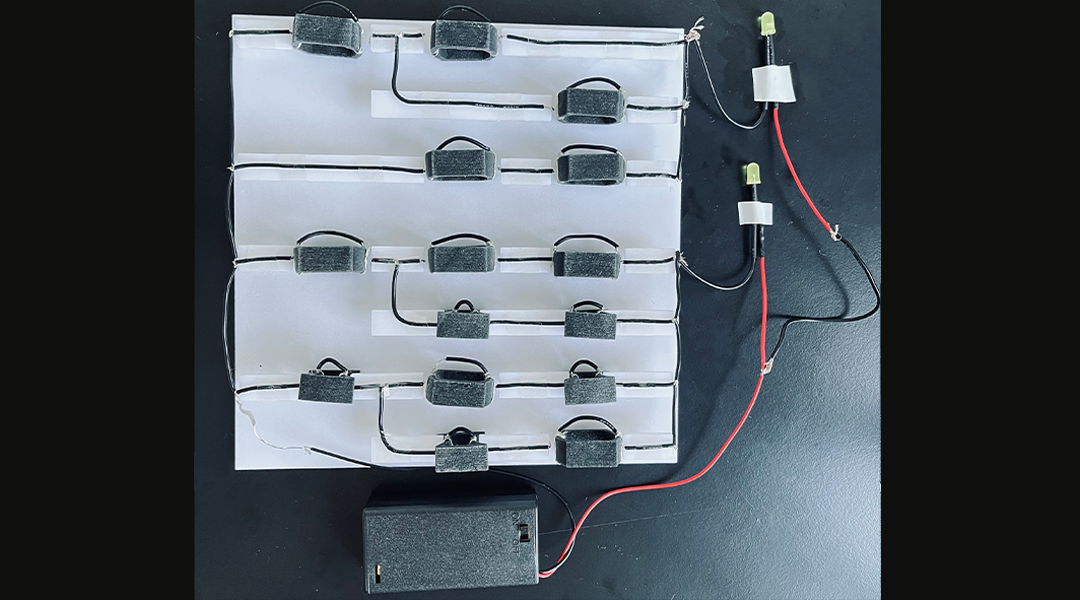
Putting a modern spin on old tech, scientists create a mechanical computer from metamaterials for situations where electronic computers break down.
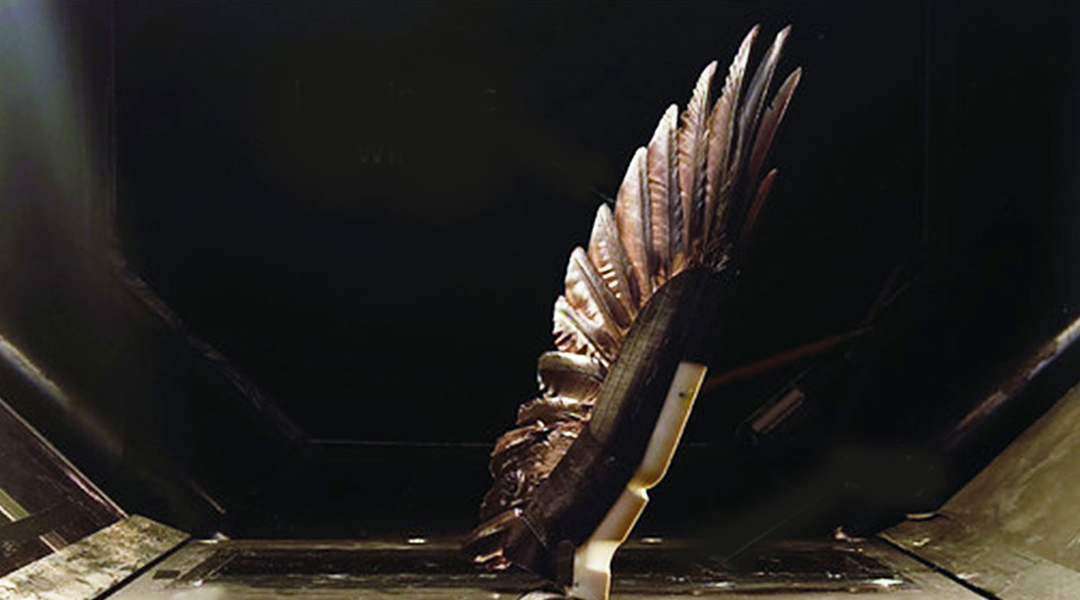
A newly built biohybrid wing could lead to new drone designs, and reveals that wing folding is key to efficient flight.
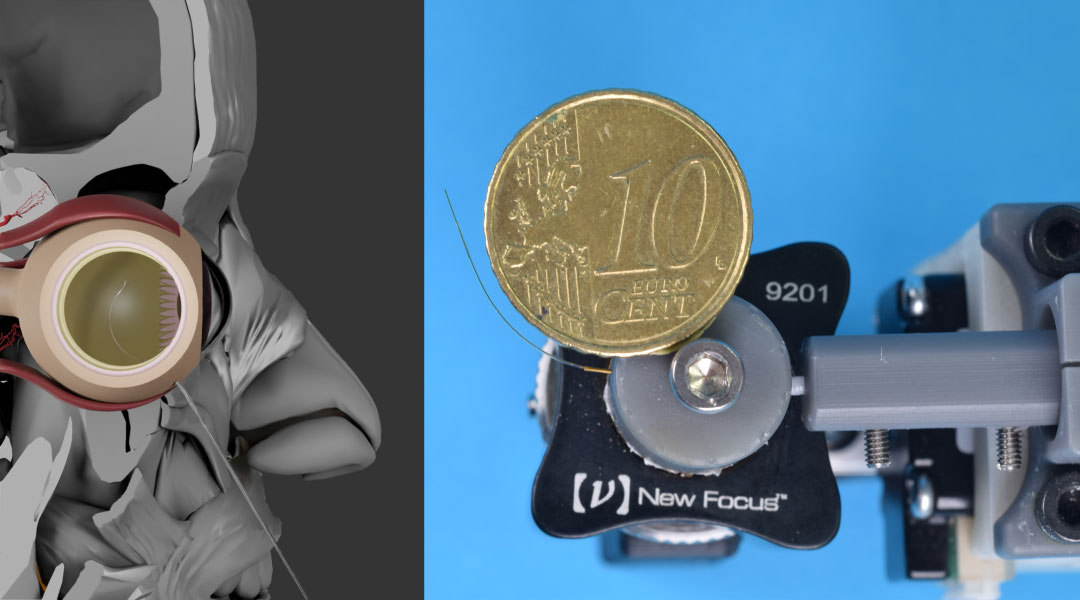
Scientists have high hopes for a tiny glass tube robot in improving the capabilities and safety of robots used in non-invasive microsurgeries.
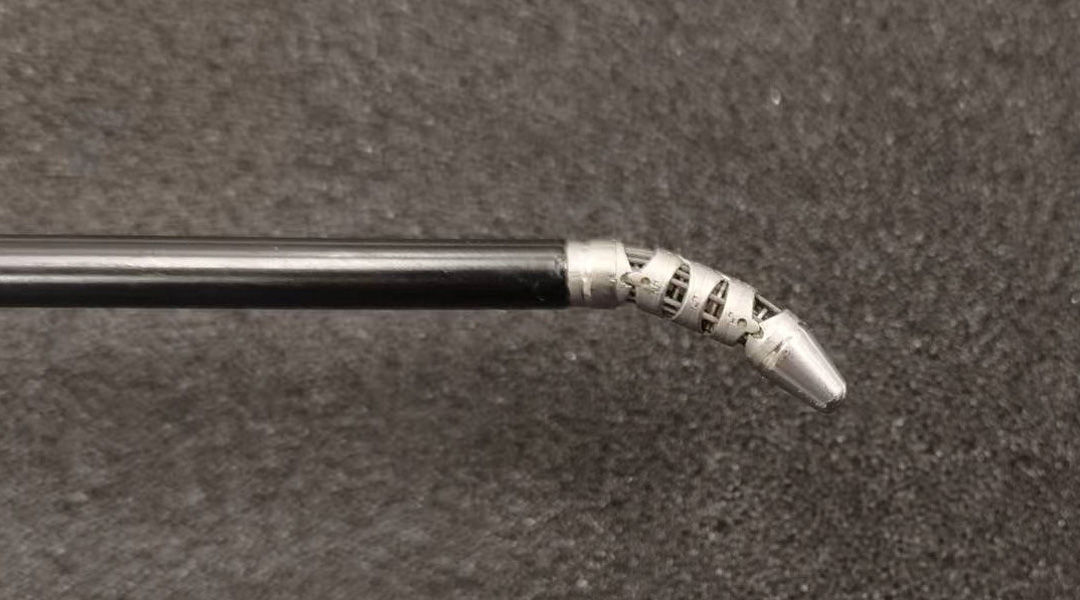
Researchers use machine learning techniques to decrease the workload of surgeons.

Researchers take a lead from seahorse tails to develop grasping robots that could help clear up trash from our oceans.
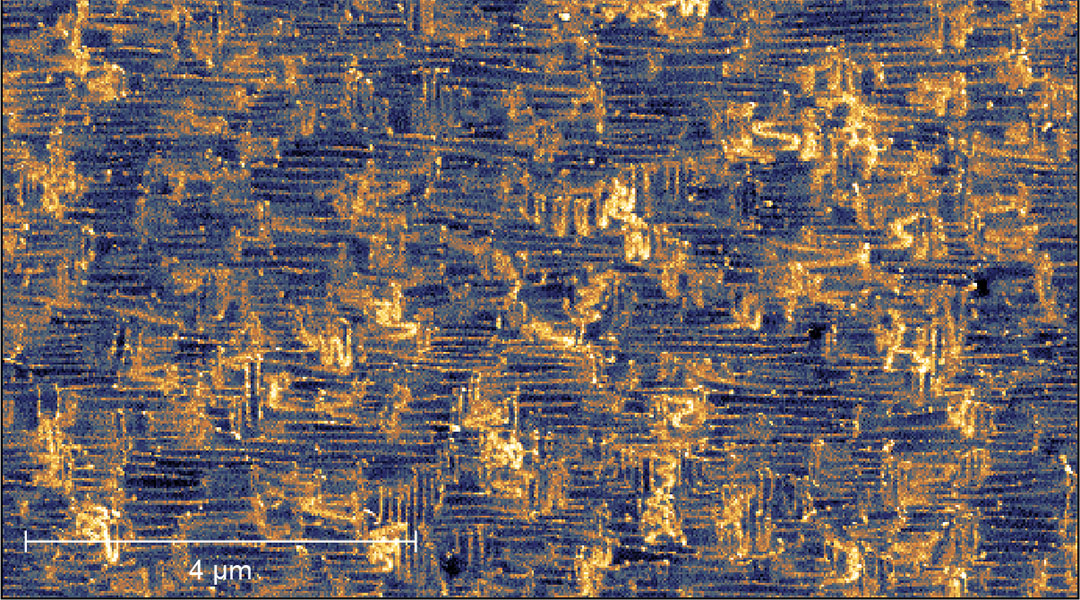
Artificial neural networks made from domain walls mimic synapses and neurons in the brain for neuromorphic computers.

A uniquely sensitive, stretchable pressure sensor for prosthetics, soft robotics, and human-machine interfaces.